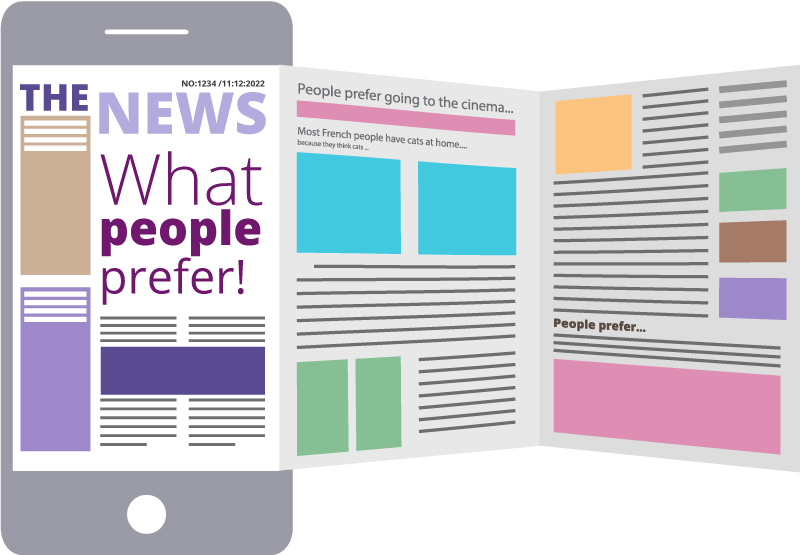When we want to buy new clothes or visit a place, we usually make comparisons to choose the one that gives us more advantages. Comparisons are part of our everyday life. Even when we talk about people, we sometimes compare them.
So, let's see some examples:
Conversation 1
Mariana
Giselle
Giselle
Conversation 2
Dad
Bro
Sis
Mum
Dad
Conversation 3
Gaby
Gaby
Gaby
Gaby
Gaby
How to make comparisons:
We use comparative adjectives when talking about two people, two things or two places. If we have a short adjective like long, nice, quiet, clean, safe, etc. we add -er. For that, you need to follow the following rules:
So, let's see some examples:
| One-syllable adjectives | Add -er | clean - cleaner tall - taller small - smaller |
cheaper nearer |
| One-syllable adjectives ending in “E” | Add -r | safe - safer strange - stranger |
|
| One syllable Consonant + Vowel+ Consonant (CVC) | Double the consonant and add -er | big - bigger | hotter |
| Adjective ending in “Y” | Change the “y” to “i” and add -er | happy - happier lazy - lazier friendly - friendlier |
funnier |
| Two or more syllables | Use “more” and the adjective | more difficult more dangerous more popular |
more elegant more expensive more exciting more patient more punctual |
Imagine that you are reading an online newspaper about what people prefer in different contexts. Use the words in brackets to complete the ideas.

Imagine that you want to post a survey on Facebook to know the reason people prefer taking online classes or going to school. Complete the sentences of the survey with the correct comparative.

Students and teachers prefer going to school than taking online classes because...


